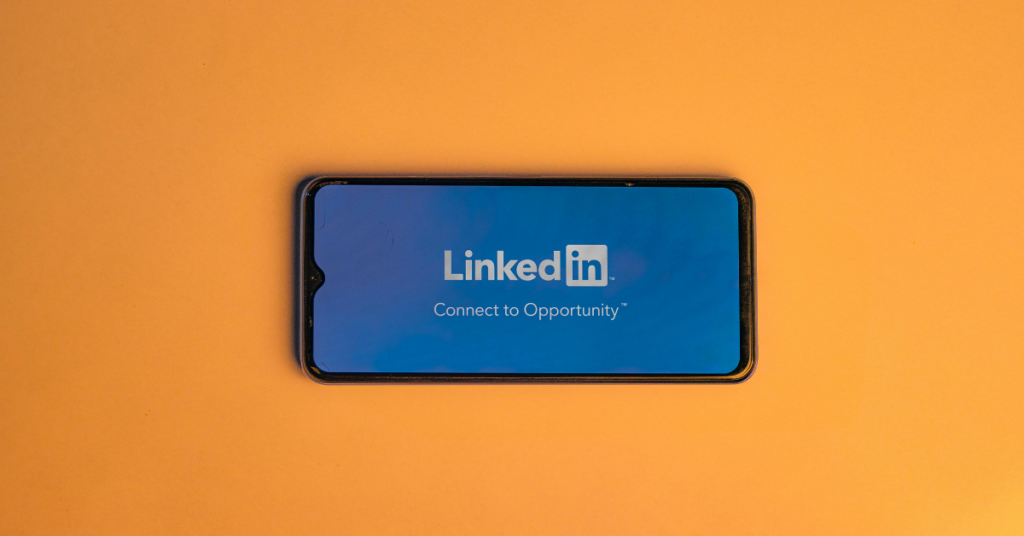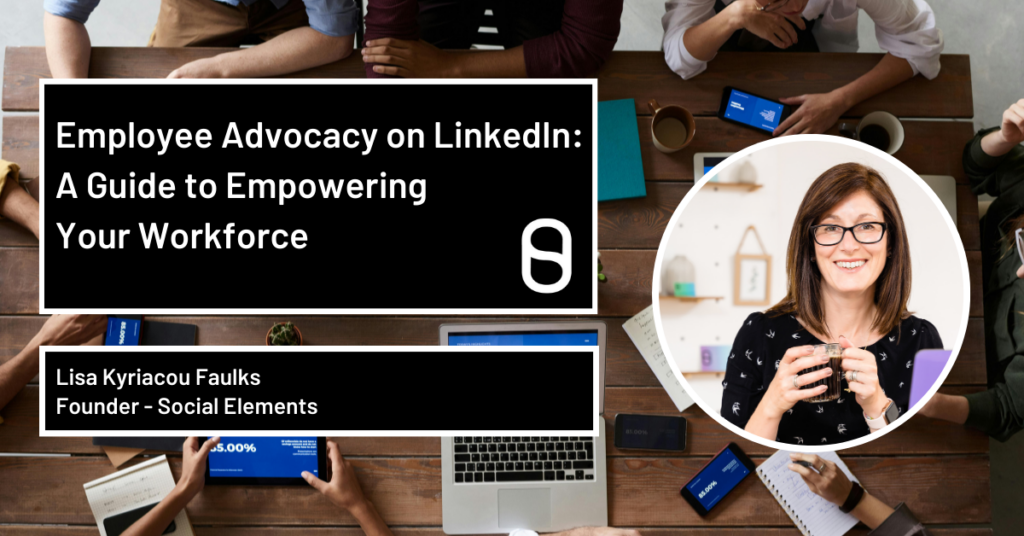Employee Advocacy on LinkedIn: A Guide to Empowering Your Workforce
In today’s digital landscape, LinkedIn has emerged as a powerful platform for professional networking and business growth. One of the most effective ways to harness its potential is through employee advocacy. This year, LinkedIn advocacy has become a notable trend, as discussed in my webinar with Nanobot earlier this year. Companies are realising the true potential of their employees in amplifying their brand’s message. By empowering employees to amplify the company’s message through their personal profiles, businesses can significantly increase their brand reach and generate more leads. This article outlines what employee advocacy is, the LinkedIn tools available for it, steps to implement it in the workplace, and how to sustain employee interest over time.
1. What is Employee Advocacy?
Employee advocacy involves enabling employees and executives to share and promote their company’s content and messages through their personal social media profiles, particularly on LinkedIn. This practice not only helps in increasing the company’s visibility but also builds the personal brand of employees, positioning them as thought leaders in their industry. The goal of employee advocacy is to leverage the collective reach and credibility of employees to enhance brand awareness, drive engagement, and generate leads.

2. LinkedIn Tools Available for Employee Advocacy
LinkedIn offers several tools that can facilitate employee advocacy:
- LinkedIn Elevate: This platform helps companies curate content and distribute it to employees, who can then share it on their personal profiles. It also provides analytics to measure the impact of these activities.
- Company Page Analytics: This feature offers insights into how content is performing, helping businesses understand what resonates with their audience.
- The “My Company” Tab: This new feature provides a trusted, employee-only space where employees can share curated content, celebrate milestones, and connect with each other.
- Employee Notifications: As a LinkedIn Page Admin, you can let your employees know when you’ve posted an important post on your organisation’s Page using Employee Notifications. Employees who have listed your organisation’s Page in the Work Experience section of their profile will receive notifications on desktop and mobile that your organisation has shared a post with them through their notification updates. Notifications may take several hours to be processed and delivered.
How to Notify Your Employees:
- Post as your Page.
- Click the “More” button in the upper right corner of the post.
- Select “Notify employees.”

3. How to Implement Employee Advocacy in the Workplace
Implementing a successful employee advocacy program involves several strategic steps:
a) Optimise the Company Page
A fully optimised company page is the foundation of any employee advocacy program. Ensure that your company’s LinkedIn page is complete with up-to-date information, engaging visuals, and regular posts. Active company pages receive five times more engagement, which can significantly boost the visibility of your advocacy efforts.
b) Develop a Content Strategy
Create a robust content strategy that includes a mix of company updates, industry news, and general interest topics. Aim to post quality content regularly and encourage employees to share and engage with this content. The strategy should be dynamic, incorporating feedback from employees to ensure it remains relevant and engaging.
c) Develop a Social Media Policy
A clear social media policy is essential to guide employees on what they should and shouldn’t share. This policy should address the dos and don’ts of social media engagement and provide examples of appropriate content and behavior.
d) Company-Wide Training
Educate employees on their role in the advocacy program, the benefits to them and the company, and how to optimise their LinkedIn profiles. Regular training sessions, webinars, and one-on-one coaching can help ensure everyone is on the same page and confident in their advocacy efforts.
Optimising Personal Profiles:
To maximise the impact of employee advocacy, each employee’s LinkedIn profile must be fully optimised. Here are key tips for optimising personal profiles:
- Professional Photo: Profiles with a professional photo receive significantly more views.
- Descriptive Headline: Write a headline that communicates the employee’s role and expertise.
- Compelling Summary: Include a summary that highlights the employee’s professional background, achievements, and what they bring to the company.
- Detailed Experience: Ensure the Experience section is complete with detailed descriptions of current and past roles.
- Skills and Endorsements: Add relevant skills and seek endorsements from colleagues and clients.
- Recommendations: Request recommendations from previous and current colleagues to add credibility.
- Customised URL: Personalize the LinkedIn URL to make the profile easier to find.
- Regular Activity: Encourage employees to post updates, share industry news, and engage with content regularly to maintain an active presence.
e) Advanced Training for Subject Matter Experts (SMEs)
Identify key employees who can serve as primary advocates and provide them with advanced training. These individuals, often subject matter experts (SMEs), will lead the way in thought leadership, regularly engaging with content and driving conversations within their networks.
4. Sustaining Employee Interest in the Long Term
Maintaining long-term engagement in an employee advocacy program requires continuous effort and communication:
- Refresher Training: Regularly update employees with new tips, best practices, and success stories. This helps keep the program fresh and at the top of my mind.
- New Starter Training: Include advocacy training as part of the onboarding process for new employees, ensuring they understand its importance from the start.
- Monthly Communication: The communications team should send monthly updates highlighting the program’s impact, sharing results, and recognising top contributors. This fosters a sense of community and competition, encouraging continued participation.
Conclusion
Employee advocacy on LinkedIn is a powerful strategy for enhancing brand visibility and generating leads. You can successfully implement and sustain an effective advocacy program by following the above steps—optimising your company page, developing a solid content strategy, establishing a clear social media policy, providing comprehensive training, and maintaining ongoing engagement. Empower your employees to be your brand’s ambassadors, and watch your company’s reach and influence grow exponentially on LinkedIn. Social Elements can help with advocacy, LinkedIn optimisation, or training to ensure your program’s success.
About the Author
Lisa is the founder of Social Elements, specialising in corporate LinkedIn training, employee advocacy, company page management, and social media strategy. With a passion for helping businesses harness the power of LinkedIn, Lisa offers personalised training sessions, webinars, and one-on-one coaching to optimise LinkedIn profiles and maximise engagement. Connect with Lisa for tailored support in creating a successful employee advocacy program for your company.


